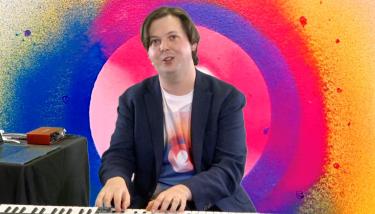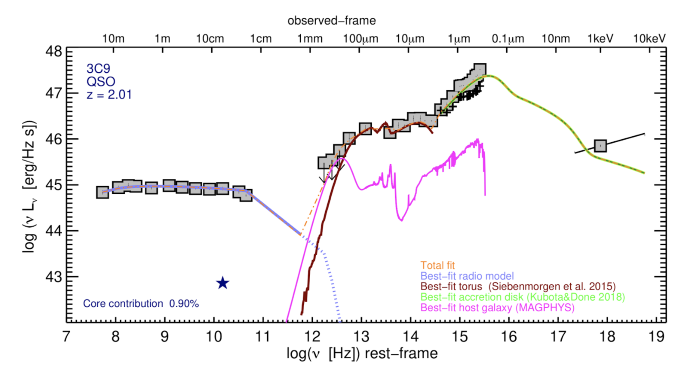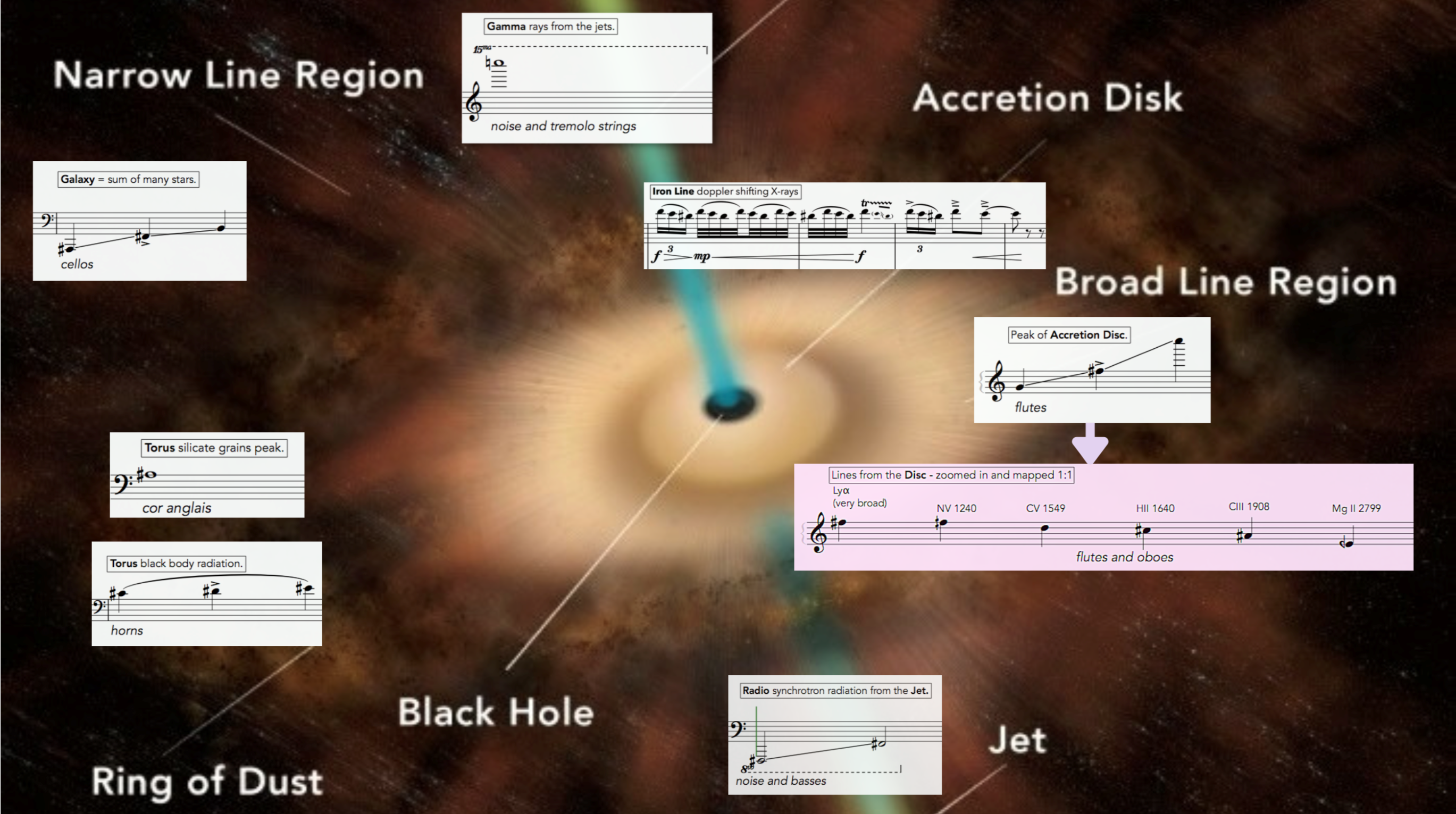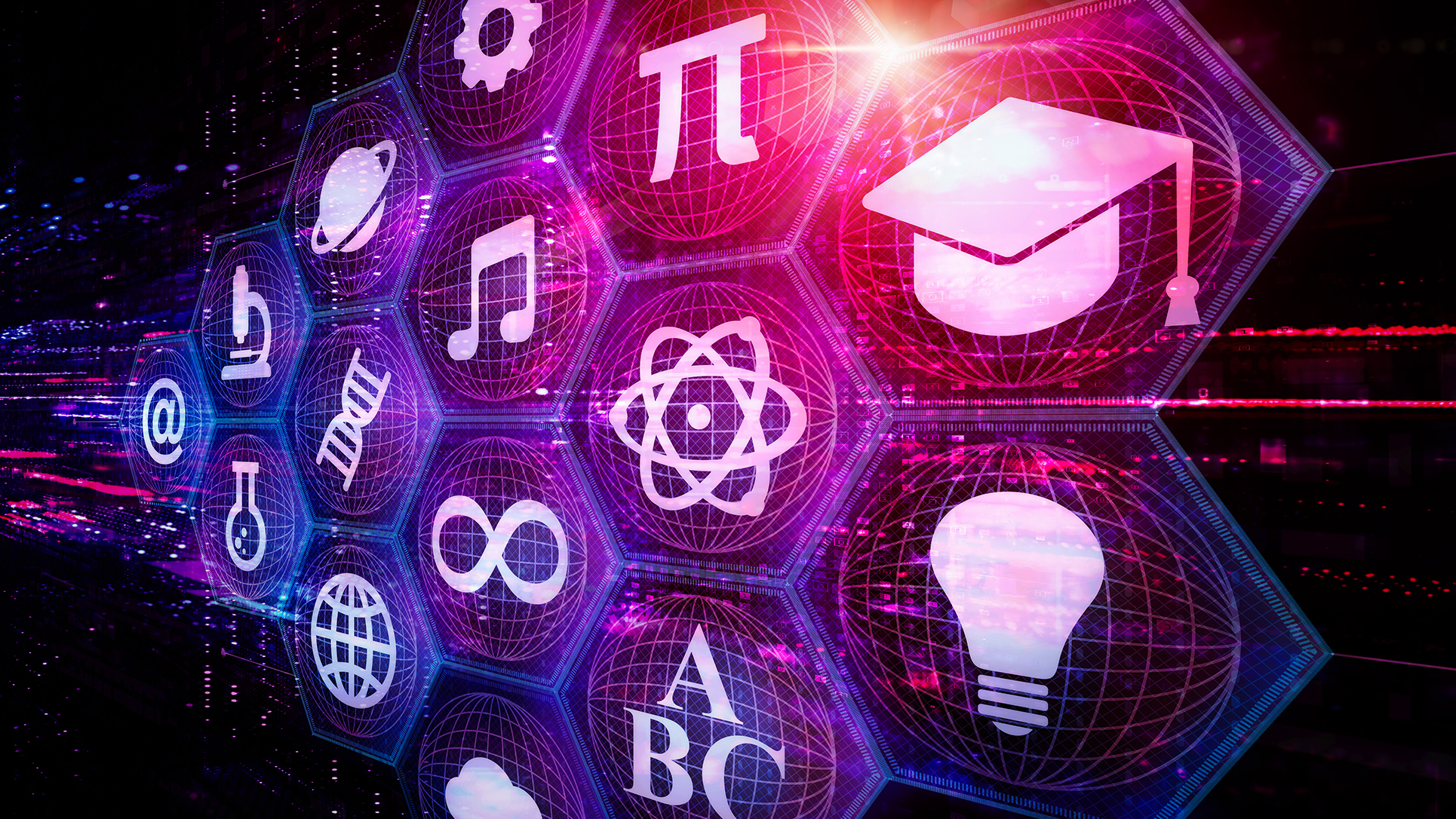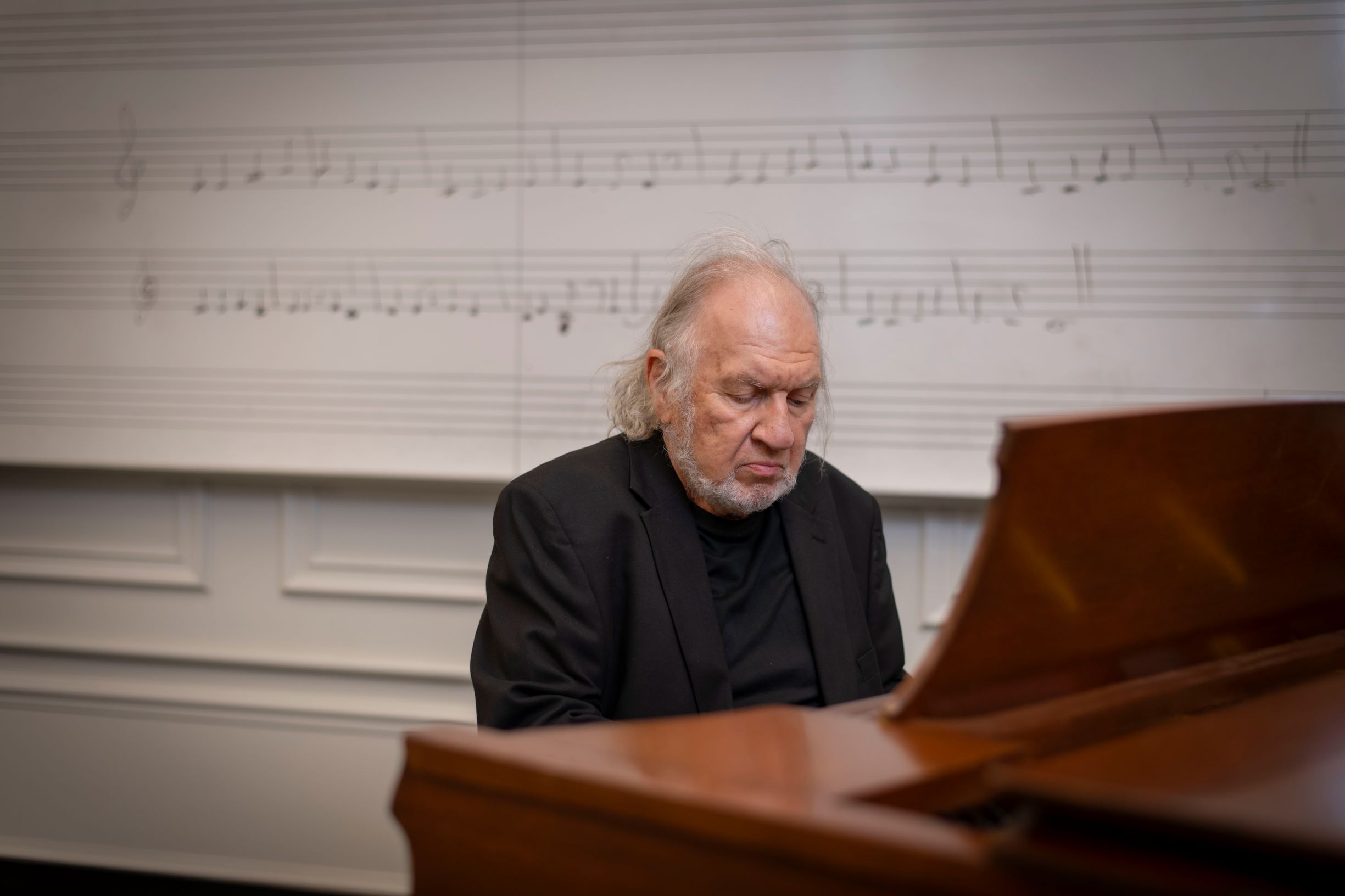WPI Arts & Sciences Adjunct Professor David Ibbett says he’s happiest when he’s getting to the heart of scientific concepts and bringing them to life through the language of music. It’s a way of understanding the world that he teaches in his Music and Science course, and one that informs much of his own work.
That includes his latest piece, Black Hole Symphony, which will be performed in Hayden Planetarium at the Museum of Science, premiering on June 23 with repeat performances in July and August.
However, creating the music was by no means easy: The concert is the culmination of three years of work and features a live chamber orchestra and recorded electronic music, along with a narration and visual aspects, which are displayed on the planetarium dome.
Much like the performance itself, Ibbett’s composition method is also unique. He uses a process called “sonification,” which involves gathering data from black holes and their sounding phenomena—traditionally displayed as a graph—and designing an algorithm to convert this data to sounds. The central sonification for the Black Hole Symphony is based on the electromagnetic spectrum of an active galaxy containing a supermassive black hole. Professor Ibbett then embeds these sonifications in a larger musical piece that delivers an emotional and intellectual impact to the audience. “This is art that is not only made in conjunction with science, but it also helps to communicate and share the joy of science,” he says.
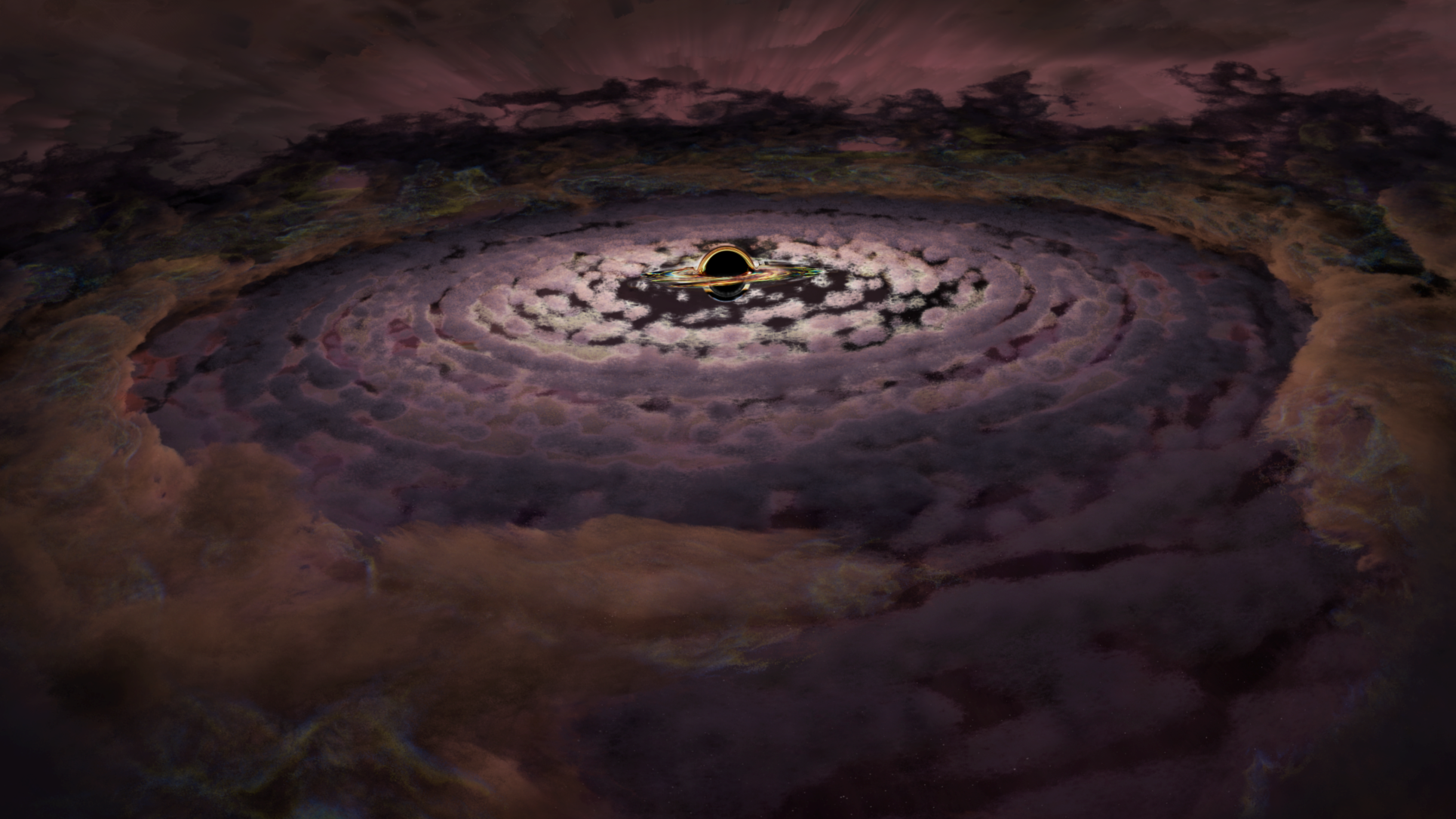
The Herd sat down with Ibbett to learn more about the Black Hole Symphony. (The following conversation has been edited for clarity and length).
